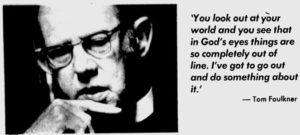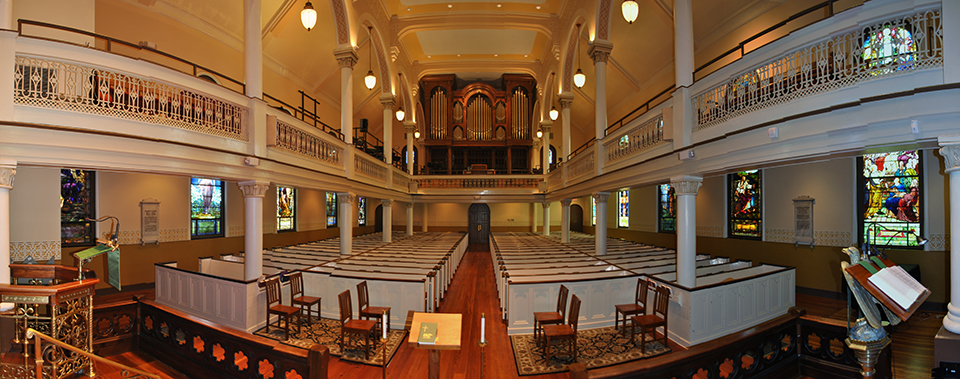St. George’s History comprises individual articles, documents and collections around the 300 year history of St. George’s Episcopal Church, located in Fredericksburg Virginia. This site is unrelated to St. George's main website.
Supplementing them are a category-based search, a content index and a timeline. We have two tour documents - a building summary and a 15 minute walking tour you can take in the church.
If this is your first visit, check out the 2 tours - building summary and a 15 minute walking tour.
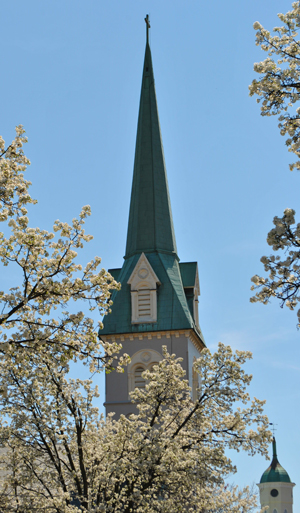
Recent articles
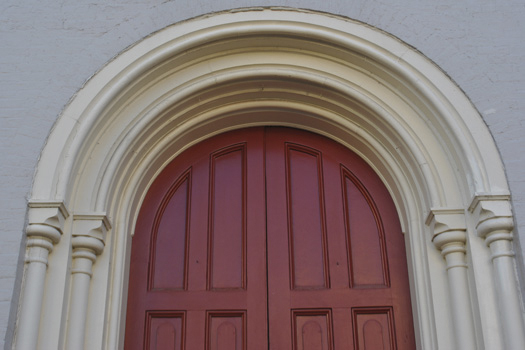
St. George’s Civil War – Part 4 – Parishioners in the Fray
Even before forces clashed Fredericksburg, we were close to the early battles in central Virginia to have an affect on life here. Confederate troops were garrisoned here and unfortunately fell victim to disease. Minutes from a City Council meeting on Nov. 1, 1861, record how a section of the city-owned Potter’s Field cemetery for indigents … Read more

Frances Benjamin Johnston at St. Georges, 1927
Photographer, Frances Benjamin Johnston (1864–1952) was ahead of her times in many ways. First being a woman in a predominantly man’s profession in the late 19th and early 20th century was unusual, even though in this regard she took after her mother a journalist, also an unlikely match. She was trained in art in Maryland … Read more

William D. Smith, Rector 1897-1905
William D. Smith was the rector at St. George’s at the turn of the 20th century having assumed that position as of January, 1897 at the tender age of 34. He was a Virginian from Clarke County in the Shenandoah Valley and took his seminary training at Virginia Theological Seminary. Prior to being called to … Read more

St. George’s Civil War – Part 3 – The Church in 1860 at the Eve of the Civil War
Both St. George’s and Fredericksburg were on a growth spurt just prior to the Civil War when the disaster of war struck. The Church experienced rapid growth in membership in the 1820’s, early 1830’s and then in the year prior to Edward McGuire’s death in 1858. However, there had been some lean years in the … Read more

St. George’s Civil War – Part 2 – Pictures and Photographs
There are only a few photographic pictures of St. George’s during the Civil War. However, those we have show a young church less than 15 years old. The next pictures would not be taken until 40 years later after George Eastman had developed transparent roll film and the roll holder that made photography easier and … Read more
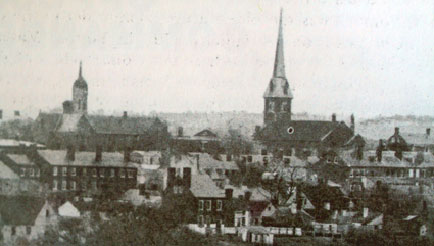
St. George’s Civil War – Part 1 – An Introduction
150 years after the Civil War, Fredericksburg remains a richly stocked laboratory for studying that conflict. You can see it in the homes and buildings that remain from the conflict; you can feel it in the vivid descriptions left by soldiers and observers. Rather than only a study of the combat, the next few months … Read more

Charles Sydnor – Adult Forum on Social Policy, Oct. 4, 2009
Thank you for such a gracious introduction and thank you for the honor of speaking about the social issues we addressed during my years as Rector. I have about 30 minutes before we have a question and answer time, so that amounts to about one minute for each of my 30 years, so I’ll have … Read more

Rev. Thomas Faulkner confronts the Vestry on Race (1954)
During 1954, just before the Supreme Court announced its decision of Brown vs. Board of Education case which stated “separate educational facilities are inherently unequal”, Tom Faulkner was embroiled in his own civil rights issues with the Vestry. Faulkner would eventually prevail and through his example, leadership and work turned the issue around toward acceptance of other races. It provided foundation for our welcoming statement in the Bulletin and also “Growing into Christ + Reaching out in Love.” Charles Sydnor did something similar for sexual orientation years later.
1. Carrol Quenzel's History of St. George's
Quenzel's 1951 history is still the standard for the church. He was a librarian for Mary Washington College as well as being active at St. George's, helping to create the St. Georgian newsletter as well as a part of the Vestry. We have the entire book online which was published by St. George's
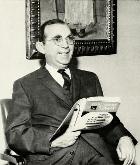
2. The Three Churches of St. George's - Barbara Willis
Barbara Willis was a local historian and writer and long time St. Georgian with her husband Mac. This paper is a detailed summary of the evolution of St. George's church from its wooden colonial church to the impressive 1849 brick building we have today.
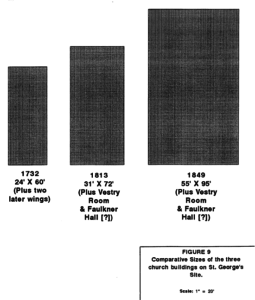
The Civil War may be the most popular historic topic in all of our history. The church served in 3 capacities - as a fortress, center of revival and as a hospital. We have a 9 part series on our role and relationship to Fredericksburg.

McGuire served all 3 churches over the course of 45 years. He is probably the most influential of all our rectors in all phases of ministry from preaching, teaching, and outreach. Trip Wiggins, our archivist, wrote this for a Sunday school class and has been teaching classes for years
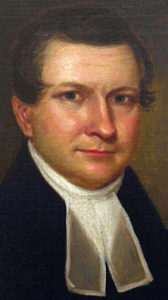
5. Charles Syndor on Social Policy
Charles Sydnor served St. George's from 1972-2003 and was responsible for furthering Thomas Faulkner's outreach ministries and creating new ones. This paper he wrote in 2009 was for an adult forum in that year.
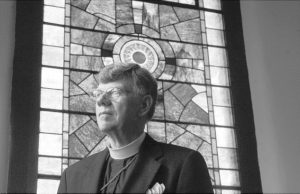
6. Tom Faulkner confronts the Vestry on race
Faulkner served St. George's for 30 years from 1946-1976. During these years racial policies were paramount, especially 1954, in the year of Brown vs. Board of Education, Faulkner was challenged by the Vestry on the role of Blacks in our service. He was able to move St. George's toward racial justice that other rectors would further
